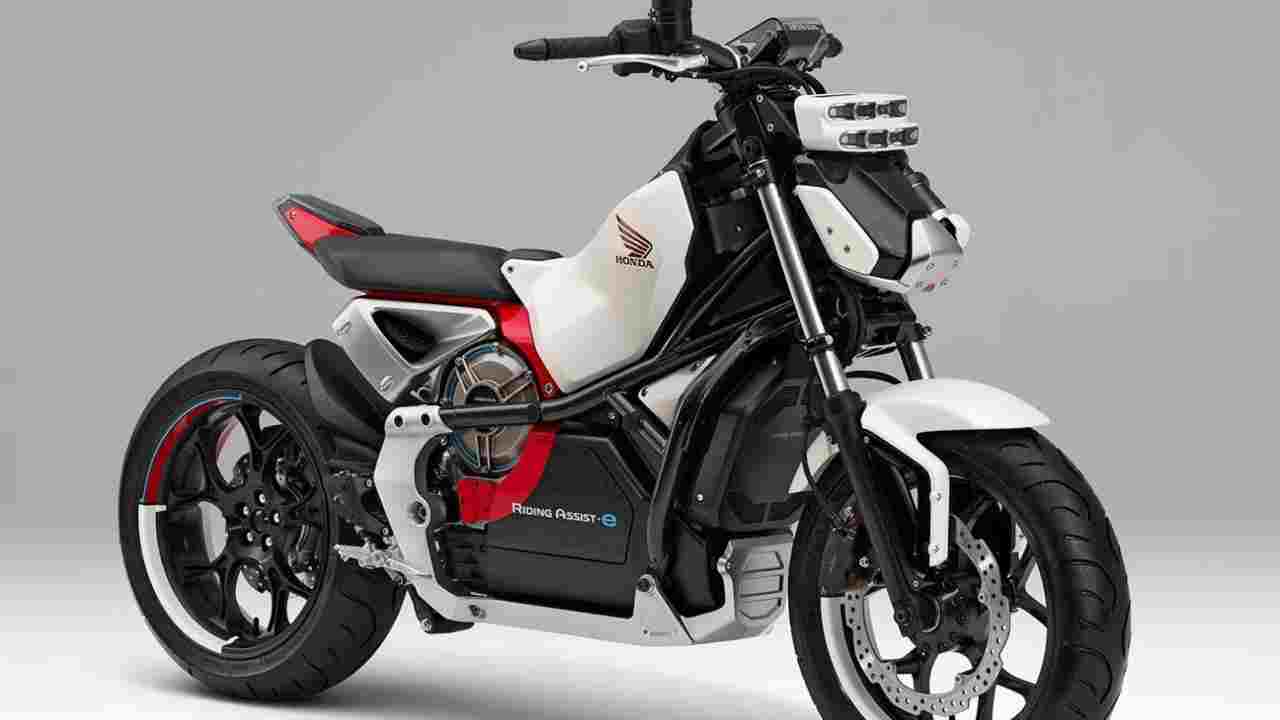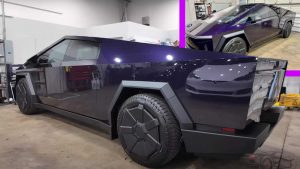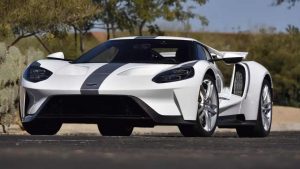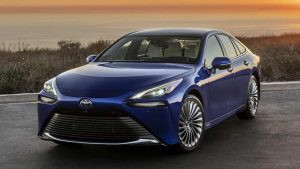Honda’s new electric motorcycle design revolutionizes handling and Wheelie Control

Innovative electric motor configurations offer enhanced handling and improved Wheelie Control
Honda is taking a groundbreaking approach to electric motorcycle design, using innovative electric motor configurations to improve handling and wheelie control. While the bike’s silhouette may remind you of Honda’s 2017 Riding Assist-e concept, this new electric motorcycle concept takes a different approach to leverage the advantages of electric power.
Two Rear Motors for Enhanced Cornering:
Honda’s new concept features two electric motors mounted side by side under the rider’s seat, rotating in opposite directions.
These motors are connected to drive shafts running along the swingarm, directly powering the rear wheel.
The contrarotating motors and drive shafts play a crucial role in improving the bike’s cornering capabilities.
By adjusting the torque distribution to these motors using computer algorithms and inertial measurement units, the bike’s handling and performance are significantly enhanced.
The key idea is to use the torque of these motors to influence the bike’s behavior in corners, making it lean into or stand up out of turns.
Cornering Assistance:
When more torque is applied to the left motor, it encourages the bike to lean into a left-hand corner more rapidly.
In midcorner, both motors share power to maintain stability.
On the exit of a corner, the right motor is prioritized, helping the bike return to an upright position.
This technology has the potential to assist both street riders and novices and could also benefit high-performance electric bikes and even electric racebikes.
Front-Wheel Motor for Wheelie Control:
Honda’s concept also includes a third electric motor placed in the hub of the front wheel.
This motor serves to provide additional power to the front wheel, improving traction and control.
Importantly, it acts as an advanced form of wheelie control without reducing power.
When the system detects the front wheel lifting, it reverses the rotation of the front wheel motor to counteract the wheelie.
This action slows down the front wheel and, if necessary, causes it to spin backward.
To ensure safety, the system recognizes when the front wheel is returning to the ground, cutting power or reversing the motor to its forward rotation.
Honda’s innovative approach to electric motorcycle design aims to leverage electric power for improved handling and control. By independently controlling the torque of the rear-wheel motors and introducing a front-wheel motor for advanced wheelie control, Honda envisions a future where electric motorcycles offer enhanced performance and safety features.
While these developments are currently in the patent stage, they signal Honda’s commitment to pushing the boundaries of electric motorcycle technology and rider assistance systems. These innovations may revolutionize how riders experience and control electric motorcycles in the future.





